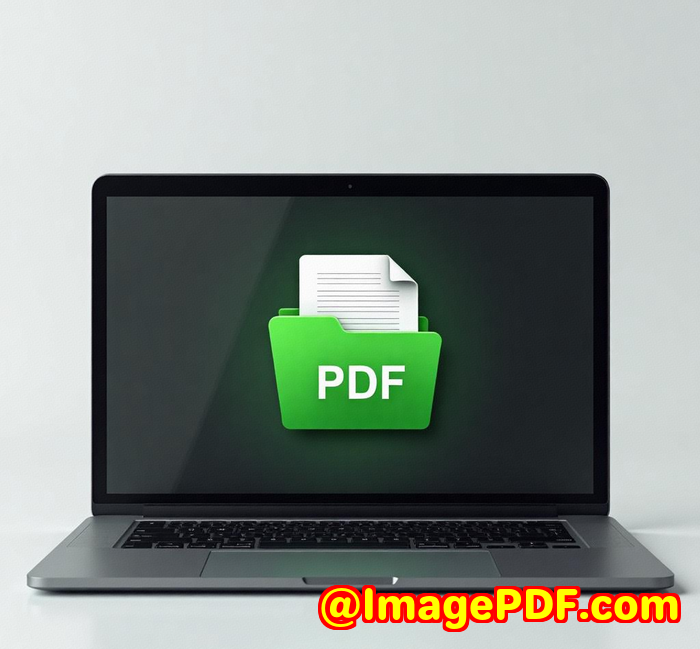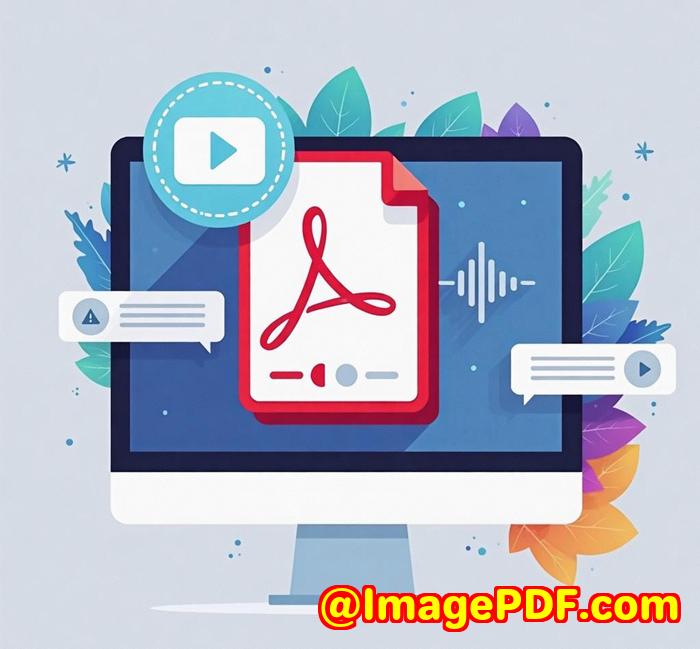Real Estate Automation: Extract Property Details from Scanned Contracts with PDF OCR API
Meta Description
Tired of manually extracting property info from contracts? Here's how I automated real estate data extraction using imPDF Cloud PDF OCR API.

Every Monday morning used to be a nightmare.
I'd open my inbox and there it was20+ scanned lease agreements and purchase contracts, all waiting for me to dig through line by line to extract property addresses, owner names, prices, and terms.
If you've ever worked in real estate, legal ops, or property management, you already know how painful this is.
These documents come in as PDFssometimes scanned, sometimes converted from old fax machinesand you can't Ctrl+F your way through them.
I tried every shortcut in the book.
Manually copying text.
Running Adobe Acrobat's OCR.
Even outsourcing to virtual assistants.
Nothing stuck. It was slow, error-prone, and just plain annoying.
That changed when I discovered imPDF Cloud PDF REST APIspecifically its OCR PDF API and Extract Text API.
How I Automated Property Detail Extraction from Scanned Contracts
I stumbled across imPDF when looking for an API that could actually read scanned documentsnot just open them.
Most tools out there?
They choke on low-res scans.
They mess up formatting.
Or they crash when you send them more than five files at once.
imPDF is different. It's developer-first but non-dev friendly, if that makes sense.
Even if you're not a full-stack engineer, the API Lab lets you test things in your browser before writing code.
This was a game-changer for me because I didn't want to waste hours learning another tech stack just to get text out of a scanned lease.
Let's break it down.
Step-by-Step: How I Used imPDF's OCR PDF API
Here's what I did, and how it actually worked:
1. Uploaded the PDF
I used the Upload Files API. Simple POST request.
You can upload files from your computer or directly from a URL. I did both.
2. Applied OCR with One API Call
Ran the OCR PDF API with some minor parameters:
-
language=eng (It supports multiple languages, by the way)
-
deskew=true (helps straighten crooked scans)
-
outputFormat=text (for plain text, but you can go XML or JSON too)
Boom. It returned a clean, structured text output.
Addresses, dates, dollar amountseverything was there.
3. Extracted Key Data
Next, I passed the OCR result to the Extract Text API to grab specific fields.
I used regular expressions to pull out:
-
Property address
-
Lease start/end dates
-
Monthly rent
-
Owner/tenant names
Because the OCR preserved layout and font positioning, my pattern matching actually worked.
That never happened with other tools.
Who Should Be Using This?
If you touch real estate paperwork, this is for you.
I'm talking about:
-
Property managers who process new rental agreements every week.
-
Commercial brokers needing to verify lease terms.
-
Real estate investors automating due diligence.
-
Legal teams who scan contracts for compliance issues.
-
Proptech startups building document workflows.
Honestly, anyone stuck manually reading PDFs should be looking into this.
Why imPDF Over Other OCR Tools?
Let me hit you with a few straight facts.
Speed:
imPDF is cloud-based and fast. I sent 15 contracts and got all OCR results back in under 2 minutes.
Most desktop apps crash or slow to a crawl at that volume.
Accuracy:
Some OCR tools butcher formatting. imPDF preserved line breaks, labels, even headers. That's huge when extracting structured info.
Flexibility:
You're not boxed into one language or format. You can extract plain text, tagged content, even position-based data.
API Lab:
This is the secret weapon. Try everything in your browser, see sample code in Python, PHP, C#, whatever.
It's like ChatGPT for PDF workflows.
Scalability:
This isn't a toy tool. You can batch process hundreds of documents if needed.
Run it on a cron job, connect it to Zapier, trigger it from a webhookit just works.
Real Use Cases That Hit Hard
Let's talk real world.
1. Lease Data Extraction
I had a landlord client with 120 scanned leases from the past decade.
We used imPDF to extract lease periods, property addresses, and tenant names into Excel.
Saved us weeks.
2. Property Listing Automation
Another client wanted to auto-create listings from scanned title deeds.
We used imPDF OCR + Convert to Word API to create editable docs and pre-fill MLS data.
3. Document Audit
Compliance audit of scanned property documents?
We used the Query PDF API to check if a PDF was scanned (image-based) or digital.
Only ran OCR on the ones that needed it.
Other Killer Features You Should Know
This API doesn't stop at OCR.
You can also:
-
Merge multiple PDFs from different sources
-
Split large PDFs into individual properties
-
Flatten annotations or form fields for permanent records
-
Compress and linearise PDFs for web viewing
-
Watermark or encrypt documents before sharing
It's like someone took every tool you could need for PDF automation and put it in one box.
Conclusion: Automate or Get Left Behind
Manually copying text from scanned real estate documents is dead.
If you're still doing it, you're burning time and money.
I'd highly recommend imPDF Cloud PDF OCR API to anyone in real estate or legal ops who handles scanned documents.
It made my contract extraction process not just fasterbut repeatable and scalable.
Click here to try it out for yourself:
https://impdf.com/
You can run your first test without writing a line of code.
Need a Custom Setup? imPDF Builds That Too
Have a weird document format? Need something more than the standard tools?
imPDF also builds custom PDF solutions.
Whether you're on Windows, Linux, macOS, mobile, or running everything in the cloud, their dev team can handle it.
Need to:
-
Hook into your existing app with Python or PHP?
-
Build a virtual printer that captures every file?
-
Convert TIFFs, PDFs, PCLs, or Office docs automatically?
-
Do OCR with barcode detection or table recognition?
They've got you.
They also do security toolsdigital signatures, encryption, DRM protection, even cloud-based PDF viewers.
Reach out here: http://support.verypdf.com/
You'll talk to a real engineer, not just a support bot.
FAQ
How does imPDF OCR handle low-quality scans?
It has options like deskew and despeckle to clean up poor scans before running OCR, which boosts accuracy a lot.
Can I extract only specific fields, like address or price?
Yes, combine the OCR PDF API with Extract Text API or post-processing using regex or keyword filtering.
Is this only for developers?
Not at all. API Lab lets non-developers try things out. You can also copy-paste code from the interface if you're semi-technical.
Can I batch process scanned PDFs?
Yes. The API supports uploading multiple files, and you can even zip them to streamline it.
Is my data safe?
Absolutely. imPDF supports encryption, secure file handling, and even offers on-premise/self-hosted options for compliance-heavy clients.
Tags/Keywords
-
extract property details from scanned PDFs
-
real estate contract automation
-
OCR PDF API for real estate
-
imPDF Cloud PDF REST API
-
automate lease data extraction




